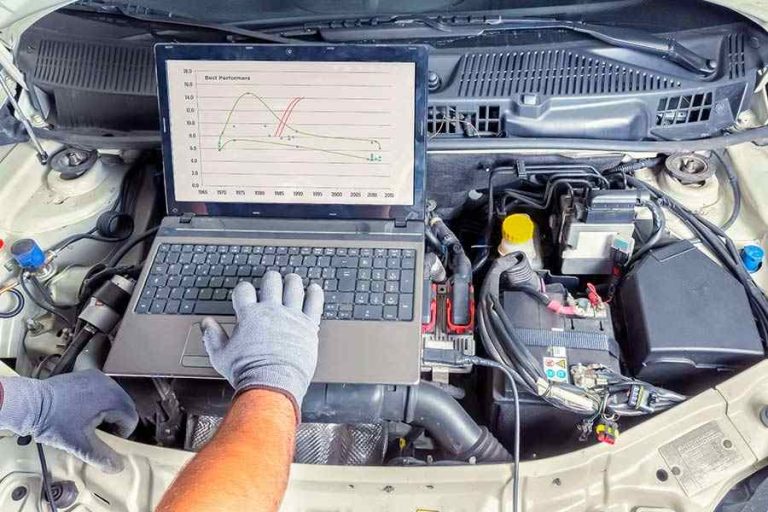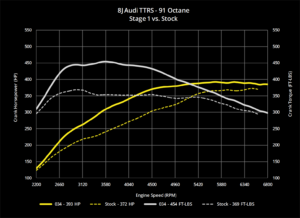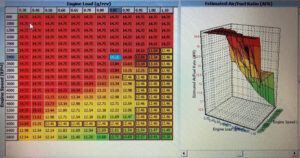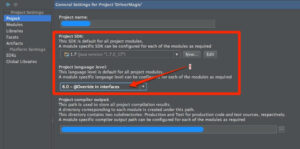When it comes to diagnosing problems with your car, there are a lot of different tools and techniques available to you. One of the most powerful tools in a modern mechanic’s arsenal is the ability to read and interpret diagnostic trouble codes (DTCs) using a scan tool or diagnostic computer. However, simply reading a code isn’t always enough to determine what’s wrong with your vehicle. That’s where code modes and PIDs come in.
First, let’s talk about diagnostic trouble codes. These are standardized codes that are used by your car’s onboard computer to identify problems with various systems in your vehicle. When a problem is detected, the computer will set a code that corresponds to the specific issue. For example, a P0300 code indicates a random misfire in one or more cylinders.
However, simply knowing that a code has been set doesn’t necessarily tell you what’s causing the problem. That’s where code modes come in. Different scan tools or diagnostic computers may offer different code modes, but some of the most common ones include freeze frame data, mode 6 data, and readiness monitors.
Freeze frame data is a snapshot of the conditions that existed when a code was set. This can include things like engine speed, vehicle speed, coolant temperature, and more. By analyzing this data, a technician may be able to determine what was happening at the moment the code was set, which can help narrow down the potential causes of the problem.
Mode 6 data is a bit more complex. Essentially, it provides additional information about the systems that are monitored by your car’s onboard computer. This can include things like fuel trim data, oxygen sensor data, and more. By analyzing this data, a technician may be able to determine if a specific component is starting to fail or if there are other issues that could be causing the problem.
Readiness monitors, on the other hand, are used to determine if your vehicle’s emissions system is functioning properly. When you bring your car in for an emissions test, the technician will check to see if all of the readiness monitors have been set. If they haven’t, your vehicle may fail the test. By checking the readiness monitors yourself, you can ensure that your vehicle is ready for an emissions test before you bring it in.
Finally, let’s talk about PIDs, or parameter identifiers. These are essentially real-time data streams that are provided by your car’s onboard computer. Depending on your scan tool or diagnostic computer, you may be able to access a wide range of PIDs, including things like engine RPM, vehicle speed, coolant temperature, and more. By monitoring these PIDs while driving or performing certain tests, a technician can get a real-time picture of how your vehicle is performing.
In conclusion, diagnostics code modes and PIDs are incredibly powerful tools for diagnosing problems with your vehicle. By using these tools, you can get a much better understanding of what’s happening under the hood and make more informed decisions about repairs and maintenance. So if you’re experiencing problems with your car, don’t hesitate to bring it in to a qualified technician who can help you diagnose the issue using these advanced tools.
Cracking the Code: How Diagnostics Code Modes and PIDs Help Diagnose Your Car’s Issues
If you’re a car enthusiast or just someone who wants to take better care of your vehicle, you may have heard the term “PIDs” thrown around before. But what exactly are PIDs, and how can they be useful to you?
First, let’s define the term. “PID” stands for “parameter identifier.” Essentially, a PID is a code that corresponds to a specific parameter that your car’s onboard computer can measure. These parameters can include things like engine speed, coolant temperature, and more.
So why are PIDs useful? There are actually a number of different ways that they can be helpful.
- Diagnosing problems: One of the most common uses for PIDs is diagnosing problems with your vehicle. By monitoring specific parameters while driving or performing tests, you can get a better understanding of how your car is performing and pinpoint any issues that may be present.
For example, if you notice that your engine is running hot, you could use a PID to monitor the coolant temperature in real-time. This could help you determine if there’s a problem with the cooling system or if there’s something else going on.
- Monitoring performance: PIDs can also be used to monitor the performance of your vehicle. By tracking parameters like engine speed, throttle position, and more, you can get a better sense of how your car is performing under different driving conditions.
For example, you might use a PID to monitor your engine’s RPM while driving up a steep hill. This could help you determine if your car is struggling under the load or if everything is running smoothly.
- Optimizing performance: Finally, PIDs can be used to help you optimize the performance of your vehicle. By monitoring specific parameters and making adjustments as needed, you can get better gas mileage, more horsepower, and more.
For example, you might use a PID to monitor your car’s air-fuel ratio. By adjusting the fuel mixture, you could potentially improve your gas mileage and get more out of each tank of gas.
Of course, in order to use PIDs effectively, you’ll need the right tools. This could include a diagnostic scanner, an app that can read PIDs, or even a custom-built dashboard that displays real-time data from your car’s computer.
Overall, PIDs are incredibly useful tools for anyone who wants to take better care of their vehicle or get more out of their driving experience. By tracking specific parameters and making adjustments as needed, you can keep your car running smoothly and enjoy the ride to the fullest.









